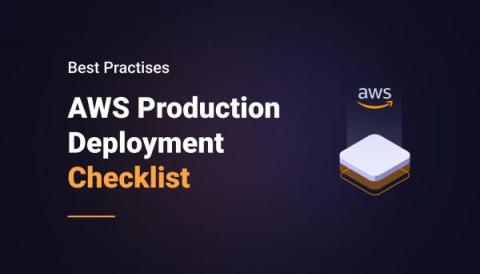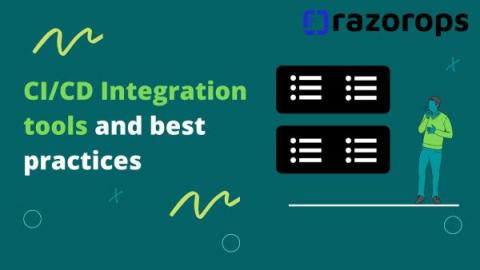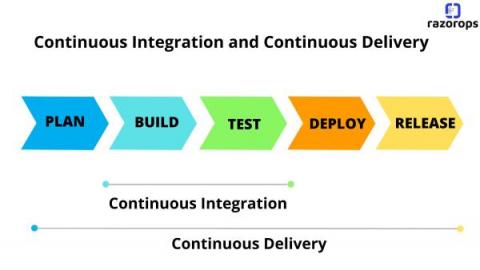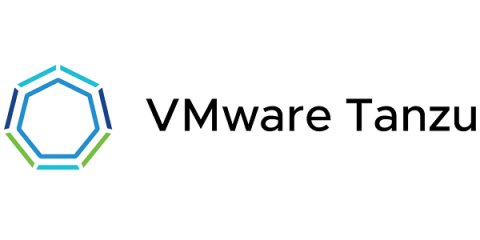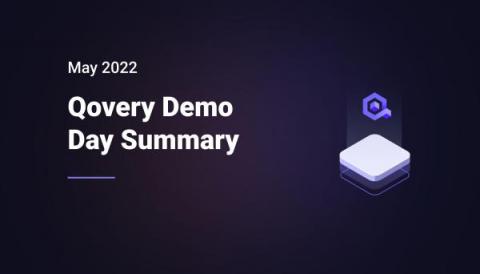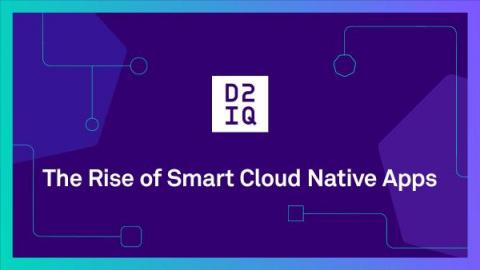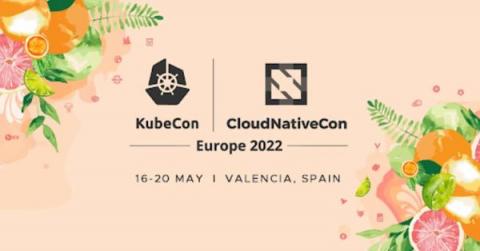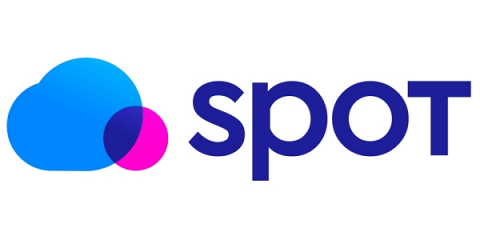Operations | Monitoring | ITSM | DevOps | Cloud
Latest News
What is Continuous Integration (CI) - Best Practices, Benefits of CI, Tools
Continuous integration (CI) is a development practice where development teams can make small, frequent changes to code. With an automated build which verified the code each time developers verify their changes into the version control repository. Which helps the development teams to detect any defect in an early stage. Continuous integration is the first part of CI/CD, which enables the development team to release the code changes gradually to production quickly and regularly.
What is Continuous Integration and Continuous Delivery?
Continuous integration is a DevOps practice, where developers continuously integrate the code changes into a central repository. It most often refers to the build or the integration stage of the software release process. A continuous integration service helps to automatically build and run unit tests on the new code changes to find any errors instantly.
Identifying Trends in Energy with Advanced Observability
Hive smart meters revolutionized the way customers control their energy use. But since their launch in 2012 by UK energy company British Gas, advances in cloud technology and a rapid increase in the number of smart homes has led to an explosion of data.
Qovery Demo Day Summary - May 2022
The Rise of Smart Cloud Native Apps
In August 2011, Marc Andreessen wrote an article in The Wall Street Journal entitled “Why Software Is Eating the World.” Andreessen predicted that the leading companies in any industry would be software companies. And indeed, a wave of online software companies arose in which Netflix ate Blockbuster, Apple and Spotify ate Tower Records and the CD, and LinkedIn disrupted the recruiting industry.
Secure Multi-Tenancy for Charmed Kubernetes with Clastix' new Charmed Operator
The new Charmed Operator covering the Capsule Kubernetes extension allows users of Canonical’s Charmed Kubernetes distribution to automatically install and integrate Clastix Capsule Multi-Tenancy as part of the Kubernetes cluster deployment process.
Creating a Platform Team to Support a Modern Application Platform
To provide world-class developer experiences and get applications to production quickly and securely, you need a team of experts devoted to running your platform as a product. For organizations that build and publish software at scale, developing the tech stack on which developers will create applications and push them to production is often the main focus.
Introducing Shipa Insights
If you are on Shipa Cloud today, you will have noticed a new module called Insights. We are pleased to announce the initial release of Shipa Insights and certainly have a lot in store as we continue to build out the module. As more items continue to shift left towards the developer and the rise of the full lifecycle developer continues to occur, outside of technical non-functional requirements such as connectivity, reporting and metrics are also important.


